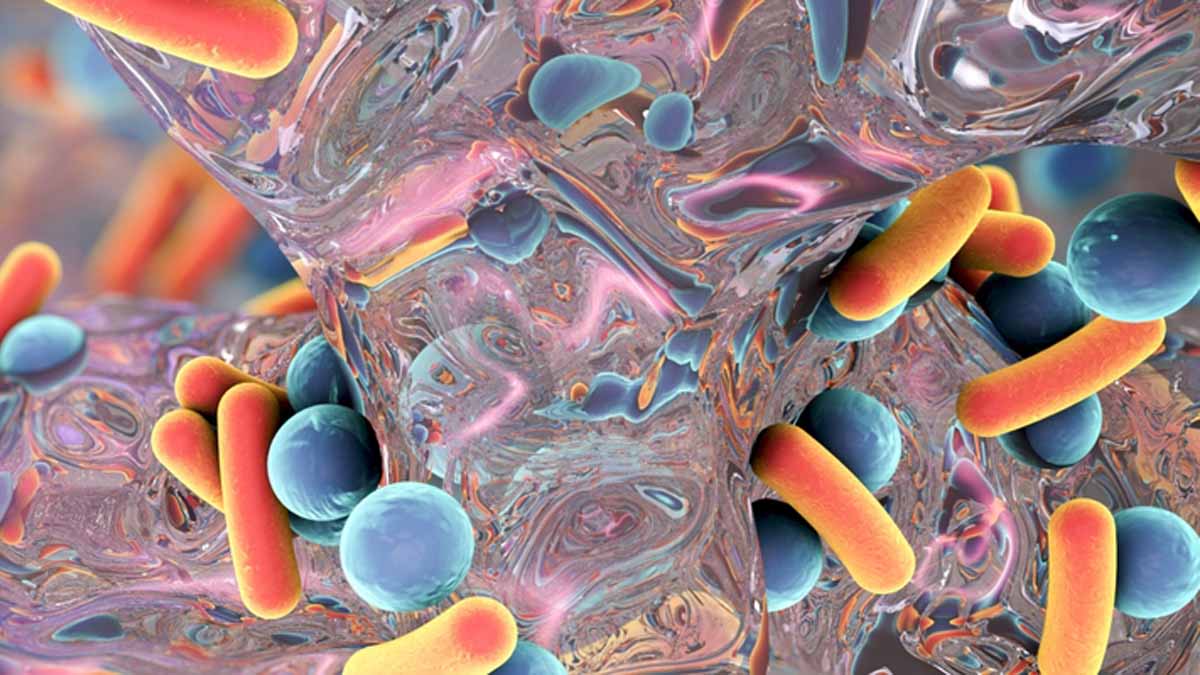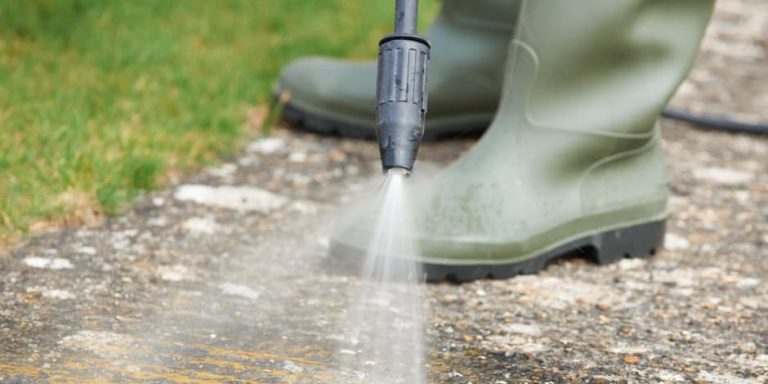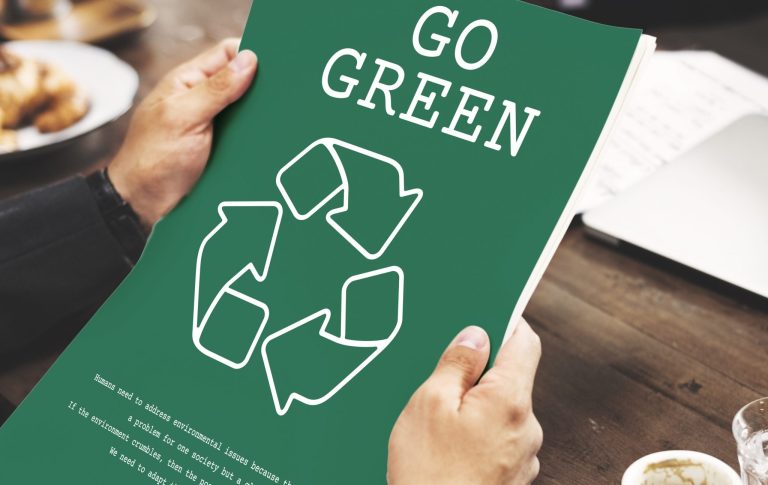
When we talk about pollution from power washing, large-scale environmental impacts like algae blooms or fish kills often grab the spotlight. But beneath the surface—literally—there’s a quieter, more foundational issue at play: the disruption of aquatic microbial ecosystems.
Microorganisms form the backbone of freshwater and marine environments, responsible for everything from oxygen production to nutrient cycling. Yet, these vital organisms are highly sensitive to chemical interference, especially from power washing runoff. In this article, we’ll explore how cleaning agents affect aquatic microbes and what that means for the health of entire ecosystems. 🧬🐟
🧼 What Are Cleaning Agents?
Power washing detergents and solutions typically fall into several categories:
- Surfactants – break down grease and grime
- Degreasers and solvents – dissolve oils and industrial residue
- Disinfectants – kill bacteria, mold, and mildew
- Acidic or alkaline cleaners – used for rust, calcium, or hard water stains
- Oxidizers – like bleach (sodium hypochlorite)
Even when diluted, these chemicals don’t disappear after a job is finished. They enter runoff and eventually make their way into natural water systems, especially in urban and suburban areas lacking proper filtration. 🏙️💧
🧪 Who Are the Aquatic Microbes?
Aquatic microbial ecosystems include:
- Bacteria – responsible for decomposition, nitrogen fixation, and organic matter processing
- Algae and cyanobacteria – produce oxygen and serve as a primary food source
- Protozoa – regulate bacterial populations
- Fungi – break down plant material and complex organics
These organisms form the base of aquatic food webs and play an essential role in:
- Carbon cycling 🌿
- Water purification 💧
- Soil stabilization along riverbanks 🏞️
- Nutrient availability for aquatic vegetation 🌾
⚠️ How Cleaning Agents Cause Harm
Cleaning agents used in power washing can negatively affect aquatic microbes in several ways:
1. Toxicity
Many detergents contain surfactants, especially nonylphenol ethoxylates (NPEs), which are acutely toxic to aquatic life. Even at low concentrations, they can:
- Disrupt cell membranes
- Inhibit growth or reproduction
- Cause death in sensitive microbial species
2. pH Imbalance
Acidic or alkaline cleaners can shift the pH of water bodies, even temporarily, making them inhospitable for pH-sensitive organisms, especially bacteria and algae.
3. Oxygen Depletion
Some cleaners trigger rapid microbial growth (particularly of decomposers), which can:
- Use up available oxygen
- Cause hypoxia or dead zones
- Harm fish and invertebrates that rely on oxygen-rich environments
4. Antimicrobial Agents
Bleach and other disinfectants kill more than mold and mildew—they also wipe out beneficial microbes in receiving waters, including the organisms responsible for cleaning the environment naturally.
🧬 Case Example: Surfactant Disruption in Streams
In one widely studied incident, a commercial building in a Midwestern city was power washed with detergent-laced water that entered a nearby creek. Within 48 hours:
- Bacterial populations dropped by 60%
- Native algae were displaced by more resilient (but less beneficial) species
- Protozoa feeding patterns were disrupted, leading to a cascade effect on the food chain
The disruption lasted over three weeks and required manual ecosystem rebalancing by local environmental scientists.
🌱 Why Microbial Health Matters
Microbes may be microscopic, but their impact is enormous:
- They act as natural filters, breaking down pollutants before they accumulate
- Microbial mats stabilize sediment and prevent erosion
- Healthy bacteria ensure ammonia, nitrate, and phosphate cycling, which supports aquatic plant growth
- They serve as food for zooplankton, which feed small fish, which feed bigger fish… you get the picture 🎣
When microbial populations are wiped out or altered, it throws entire aquatic ecosystems off balance.
Browse Amazon Here For Eco-Friendly Pressure Washing Detergents
📉 Indicators of Microbial Disruption
Some telltale signs that cleaning agents have impacted aquatic microbial systems include:
- Sudden algae blooms or discoloration 🟢
- Foul odors from decomposing matter
- Fish or invertebrate deaths
- Muddier water due to sediment resuspension
- Decline in water clarity and oxygen levels
✅ How to Prevent Microbial Damage from Power Washing
The good news? These impacts are largely avoidable with proper preparation and awareness.
1. Choose Eco-Safe Products
- Use biodegradable detergents labeled “safe for aquatic life”
- Avoid bleach, strong acids, and NPE-based surfactants
- Consult EPA Safer Choice lists when selecting products
2. Capture and Dispose of Runoff
- Use berms, containment mats, or vacuum systems
- Never allow runoff to enter storm drains or street gutters
- Dispose of wastewater through sanitary sewer systems, not natural waterways
3. Time Jobs Strategically
- Avoid power washing before rain (which could carry chemicals into water bodies)
- Educate clients about the ecological impact and explain the importance of containment
4. Regulatory Compliance
- Follow local ordinances that may require runoff containment
- File for appropriate permits when washing near lakes, rivers, or wetlands
📊 Visual Summary: How Cleaning Agents Affect Microbes
| Cleaning Agent Type | Effect on Microbial Ecosystems |
|---|---|
| Surfactants (e.g., NPEs) | Disrupt membranes, toxic to bacteria |
| Bleach/Disinfectants | Kill beneficial and harmful microbes alike |
| Acidic Cleaners | Shift pH, harming sensitive organisms |
| Degreasers | May smother biofilms and suppress growth |
🌍 Final Thoughts
Power washing is about restoring beauty—but it shouldn’t come at the cost of invisible but essential lifeforms. Microbial communities are the unsung heroes of healthy water systems. If we kill them with careless cleaning practices, we disrupt the very cycles that keep aquatic environments functioning.
By choosing eco-safe methods and products, capturing runoff, and spreading awareness, power washing professionals and property owners can keep surfaces spotless without stripping life from our waterways. 🧼🌱💧
Browse Amazon Here For Popular Pressure Washers And Accessories






